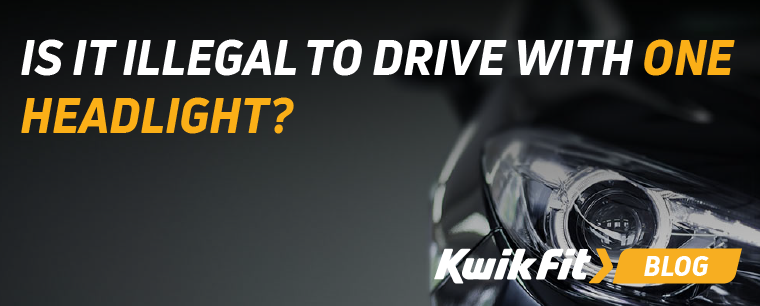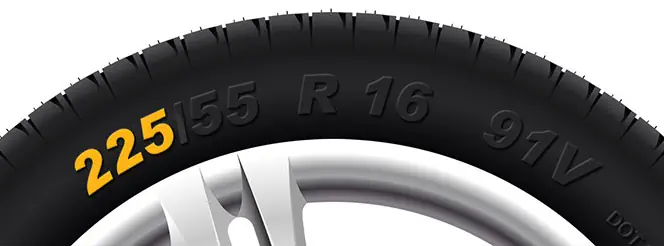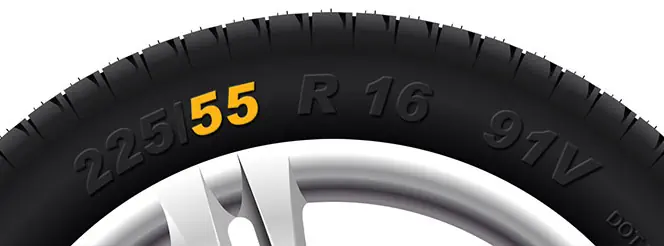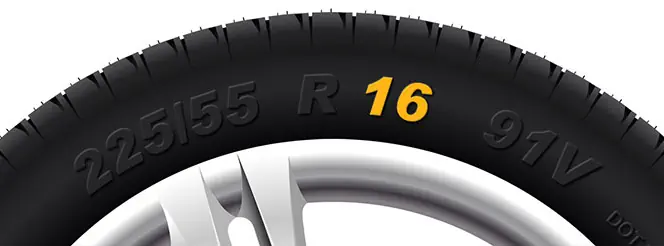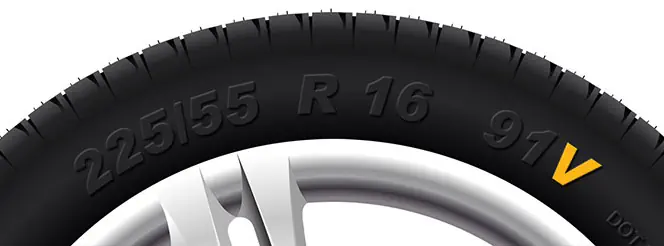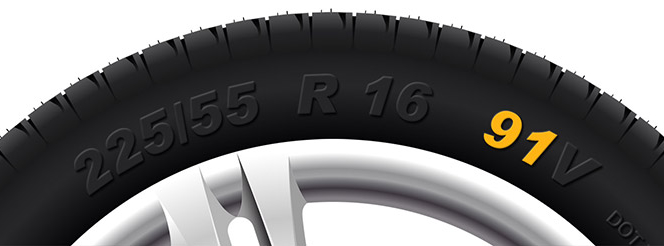Essential Holiday Season Checklist
Kwik Fit | Tuesday 14th May 2019 9:15am

With the cost of holidays abroad rising, many families opt for UK based holidays. To travel to holiday destinations in the UK, cars are the most popular method of transport. Before you travel, it is important to complete the checks outlined in this blog to make sure that your journey is as safe and hassle-free as possible.
1. Check fluid levels
It is important to check your fluid levels before embarking on a long journey, this includes your screen wash, oil, coolant, air and water. Make sure that these are all at the required level and that nothing is blocked or leaking.
Your engine oil levels should be in line with the manufacturer’s
recommendations for your vehicle.These can be in your vehicle handbook. To
check engine oil levels, take the dipstick out and wipe off any excess oil,
then re-insert the dipstick. Pull it bsck out and check that the level of oil
is within the minimum and maximum levels.
2. Check your tyre pressures
Your tyre pressures are important to ensure that you have a smooth journey. Incorrect tyre pressures affect driver safety and vehicle performance. Tyre pressures have an impact on fuel consumption, tyre wear and safety. You can find the correct pressures on your fuel cap or your driver door. If your vehicle is laden, which is likely on a road trip, it is crucial to take this into account when checking your pressures.
3. Check your tread depth
You should check the tread depth of all of your tyres including the spare before you go on a long journey. Tyre tread is important to enable your vehicle to grip the road safely. We recommend that your tyres have a minimum of 3mm of tread as tyre performance is compromised by tread that is lower than this.
4. Check for tyre damage
Objects embedded in your tyres can cause issues with your travel plans. When driving, especially over a long distance, objects in your tyres can lead to a blowout or puncture. As a result of this, it is important to check your tyres for damage before you leave the house. Things to look out for include tears, cracks, nicks and bulges.
5. Consider self-sealing and run-flat options
You can prevent the likelihood of having to stop your journey due to tyre issues by fitting tyres with self-sealing and run-flat options. Self sealing tyres such as those with Contiseal technology, will self-seal holes up to 5mm. This means that you can continue your journey until you reach a safe place to change your tyres.
6. Quick checks
Before driving this bank holiday, you should check that your headlights to make sure that you aren’t caught out, especially if you’re driving in the evenings. It is important to check these work on both low and full beam.
If there are any warning lights on your dashboard, you should check these out before your journey. Issues such as tyres being inflated to the incorrect pressure can case warning lights to appear. It is important to familiarise yourself with what these lights mean and how to resolve potential issues.
7. Check your MOT date
Nobody wants to have to have their holiday disrupted for an MOT test. Why not use our free MOT due date checker to make sure that yours isn't due while you're away?
Need advice?
If you need any vehicle advice before setting off on your bank holiday road trip, talk to the team at Kwik Fit. You can find your nearest centre here. We offer a free vehicle check so that you can be sure your vehicle is as safe as possible on the roads.
Any facts, figures and prices shown in our blog articles are correct at time of publication.
Featured Articles
Is it Illegal to Drive With One Headlight?
Saturday 19th July 2025
Wondering if it’s illegal to drive with one headlight? Learn about the safety risks and penalties of illegal blown bulbs and why you should fix them promptly.
Air Con in EVs & Hybrids: Experts Answer Your Questions
Monday 30th June 2025
Does air con drain EV batteries? Can you use the air con while charging an electric car? Find out the answers to these questions & more from Kwik Fit’s experts.
Why Is Your Car Making a Noise? Fixes & Tips
Friday 13th June 2025
When your car starts making unexpected noises, it can certainly be quite disconcerting; it may be nothing to worry about, but here’s what you need to know.


